The recently designated World Heritage Ogasawara Archipelago (also known as the Bonin Islands) sits in the middle of the Pacific Ocean and, despite the distance, is technically part of Tokyo prefecture. The main inhabited islands are Chichi-jima and Haha-jima. Chichi-jima is where the ferry from Tokyo docks and offers plenty of restaurants and accommodation as well as stunning beaches, while less-developed Haha-jima is better for those wanting a more solitary experience.
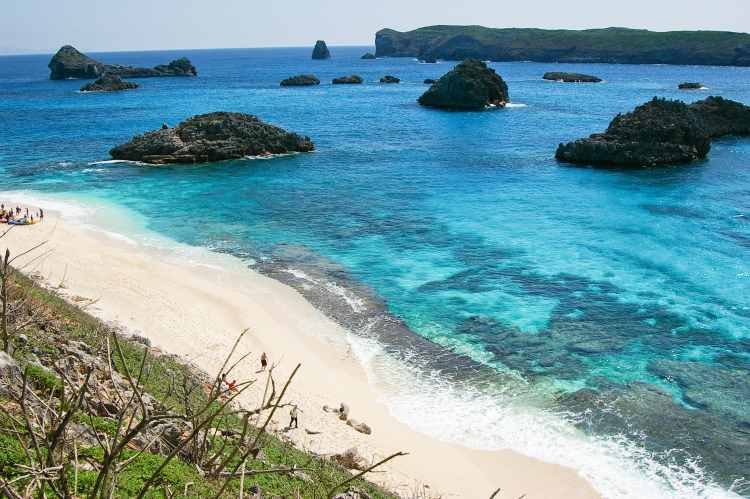
White sand tropical beach with clear blue water and coral rocks, Ogasawara Islands, Japan. Image by Ippei Naoi / Flickr Getty Images.
A nature-lover’s paradise, these islands offer activities galore, from exceptional snorkelling and sea kayaking to forest hiking and whale watching; it’s truly one of Japan’s great adventures.
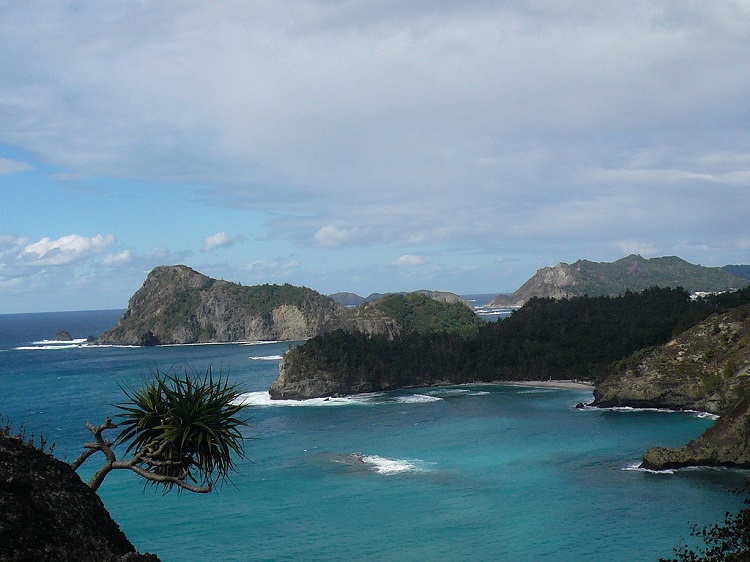
The Ogasawara Islands are world-class in terms of diving and offer the chance to spot manta ray, sharks, sea turtles, dolphins, whales and plentiful coral reefs. The main diving spot is Chichi-jima and the waters around Hyotan-jima, Minami-jima and Hirashima. Plenty of operators on Chichi-jima offer diving packages.
The two best beaches for snorkelling are on the north side of Chichi-jima – Miyano-hama and Tsuri-hama – both just a short walk over the hill from the main village. Miyano-hama is sheltered and has decent coral, making it suitable for beginners, while Tsuri-hama is a rocky beach with better coral but is more exposed.
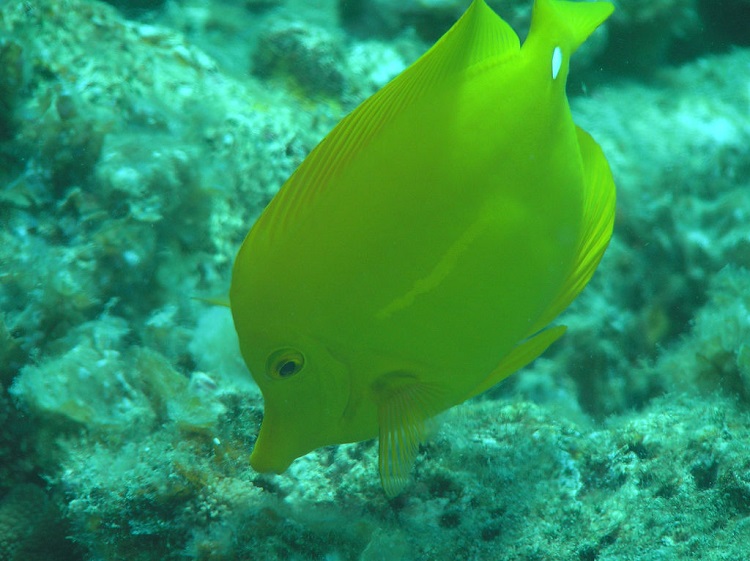
If you want the chance to see (and hear) humpback whales, your best bet is to visit between January and April. (But be aware that the wintry grey skies of January and February don't make this the ideal time to explore the islands.) From May to November you have the chance to see sperm whales. Plenty of operators run whale tours on the islands; check with the tourist information offices on Chichi-jima and Haha-jima.
Good swimming beaches line the west side of Chichi-jima. The neighbouring coves of Copepe and Kominato-kaigan are particularly attractive. From Kominato-kaigan, you can walk a trail over the hill and along the coast to the dazzling white sand of John Beach. It’s a two-hour walk in each direction and there is no drinking water so be sure to bring plenty with you.
Skim across the sea to discover hidden beaches only accessible by kayak or boat. Kayaking is also a good chance to spot fish and coral through the clear waters. The Pelan Sea Kayak Club (www.pelan.jp; Japanese only) offers tours to some of the island’s more enchanting spots for around ¥10,000 per day. Fees include equipment rental and meals cooked Pelan-style, on a wood-burning camp stove.
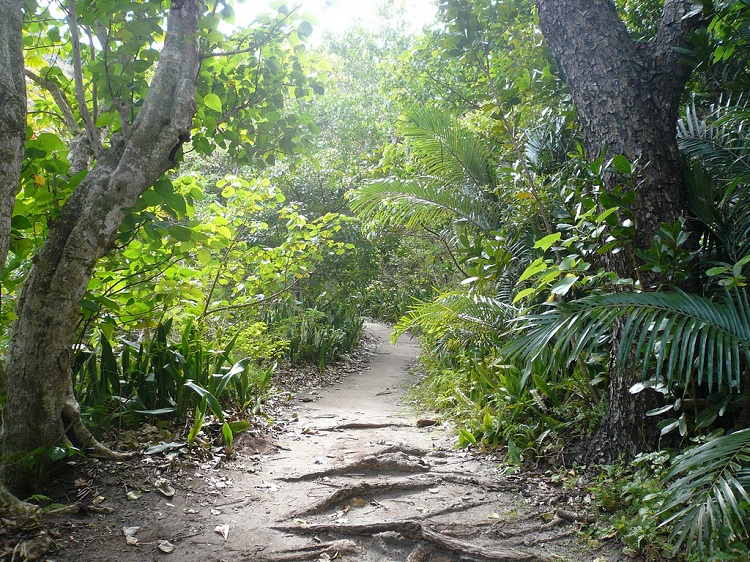
Image by pha pha. CC BY-SA 2.0
Trek through forests, spotting birdlife as you make your way to stunning viewpoints overlooking sheer cliff tops and dark blue seas. On Haha-jima, a road runs south from the village to the start of the Minami-zaki Yūhodō, a hiking course that continues all the way to the Minami-zaki (literally ‘southern point’). Along the way you’ll find Hōraine-kaigan, a narrow beach with a decent offshore coral garden, and Wai Beach with a dropoff that sometimes attracts eagle rays.
Above Minami-zaki you’ll find Kofuji, an 86m peak with fantastic views in all directions. Back in town, a four-hour hike loops through rare indigenous flora to Mt Chibusa (463m), the highest peak on the island.
For a rustic and authentic Ogasawara experience, spend some time at Pelan Village (www.pelan.jp) on Chichi-jima. It’s a sustainable eco-retreat in a leafy mountainside setting, with basic wooden cabins, solar showers and bush toilets. The operators grow their own food.
If you prefer to stay on Haha-jima, check out the cheery, bright yellow Anna Beach Youth Hostel (www.k4.dion.ne.jp/~annayh; Japanese only) overlooking the fishing port.
For more information, check out the excellent Ogasawara Village Tourist Information website, www.ogasawaramura.com/en.
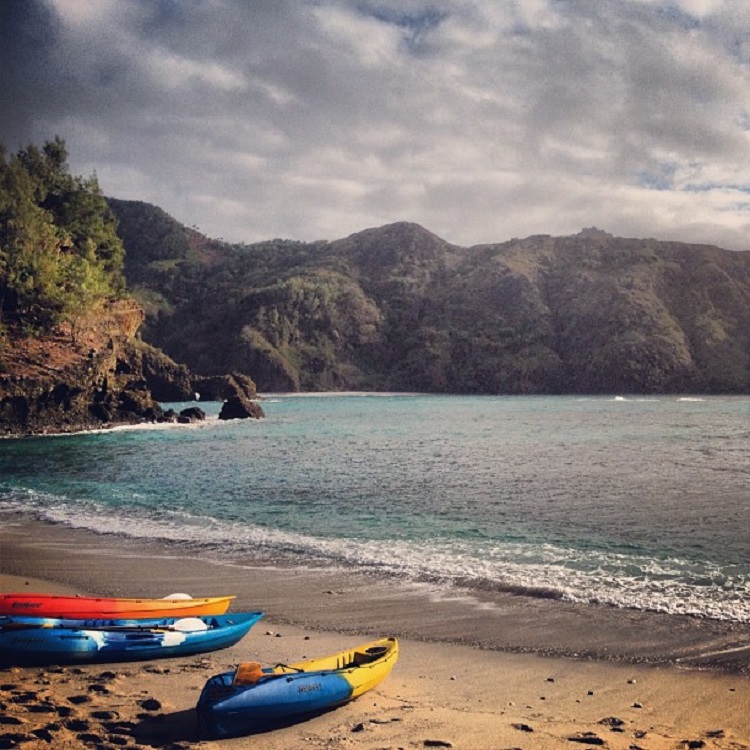
Kopepe [Copepe] beach Ogasawara by yuukin. CC BY 2.0